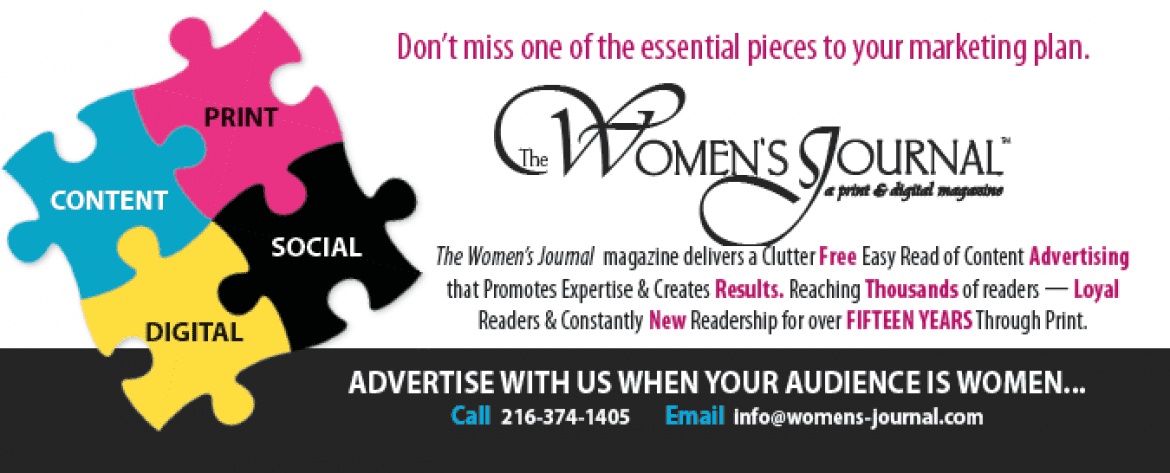TEN THOUSAND. That’s the estimated number of ads that the average consumer sees every day, and it’s not slowing down as new channels and new technology means the volume of advertising is going nowhere but up. With all that noise, how do we know which ads consumers pay attention to, trust and actually act on?
In an attempt to answer that, Clutch surveyed more than 1,000 U.S. consumers to determine their level of trust in contemporary advertising and how it influences their purchasing behavior. TV is the most influential medium for advertising. Second? Print ads, followed by radio/audio, out-of-home, then digital spots and social media ads, in that order. When it comes to trust, traditional media clearly has an edge over digital. Ironically, it’s the newest forms of advertising—online and social media—that are the least trusted.
According to Julie Wierzbicki of ad agency Giants & Gentlemen, in this age of fake news and waning consumer trust, advertising in print can significantly raise a brand’s “trust appeal.” Not only are brands that advertise in print more trusted, but they also see greater brand favorability and purchase intent. The crisis of mistrust in media is widening and brands are being swept up in the large net of consumers’ lack of confidence.
Building a trusted relationship with your customers is critical. As we look at how to expand our reach and engage our audience, we clearly see the value of print as part of this process.
Source: Press Report Vol 02/ Issue 04



